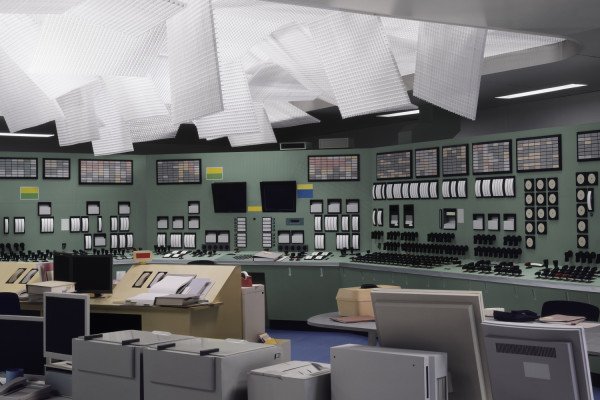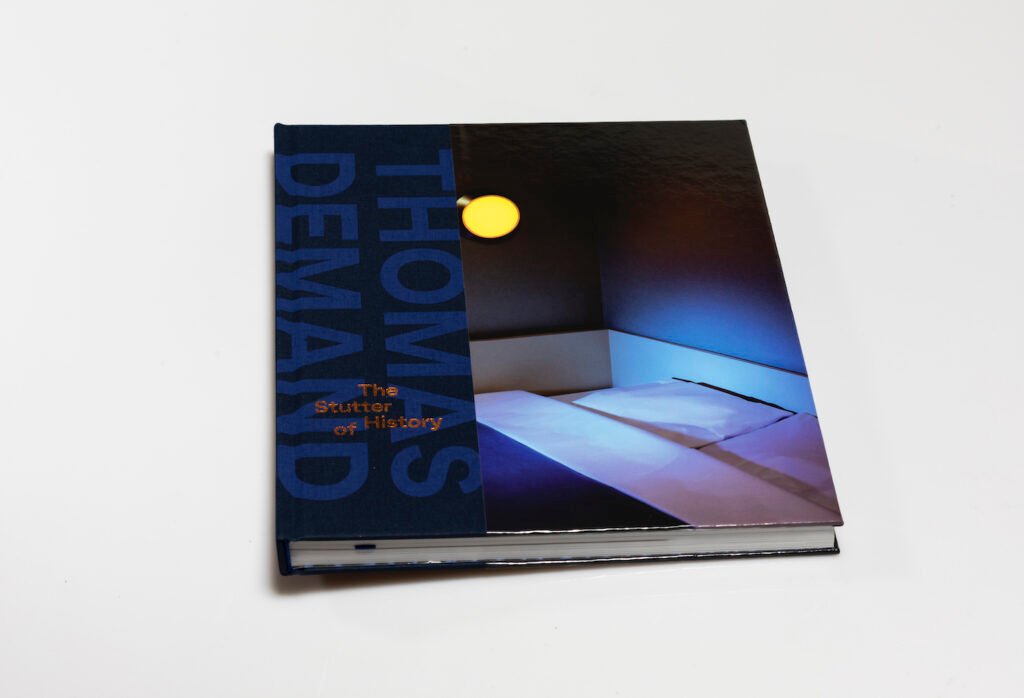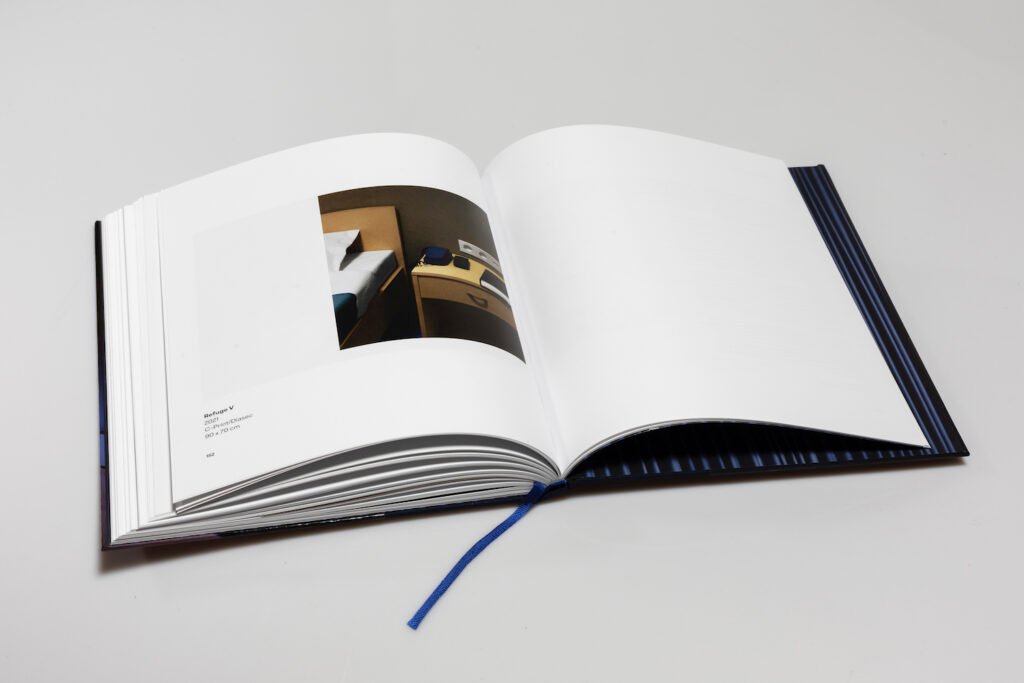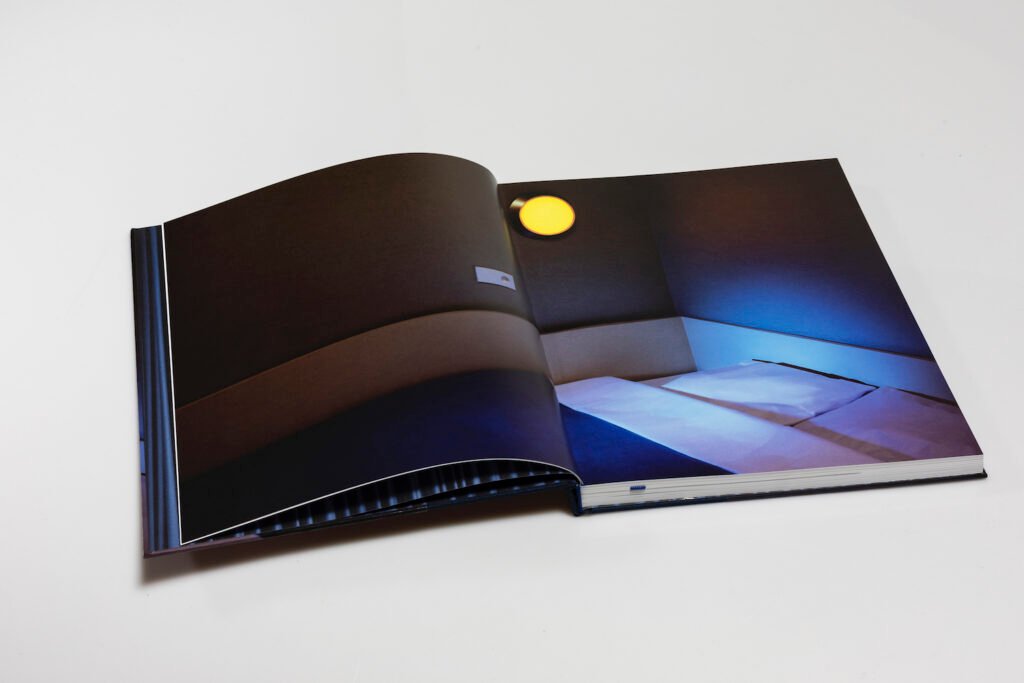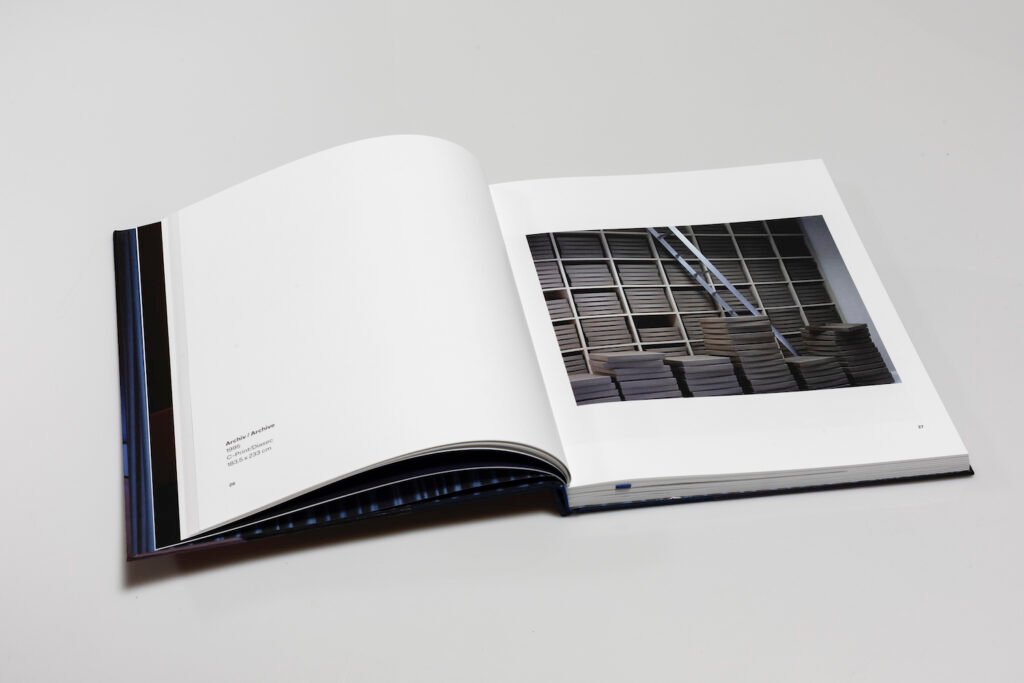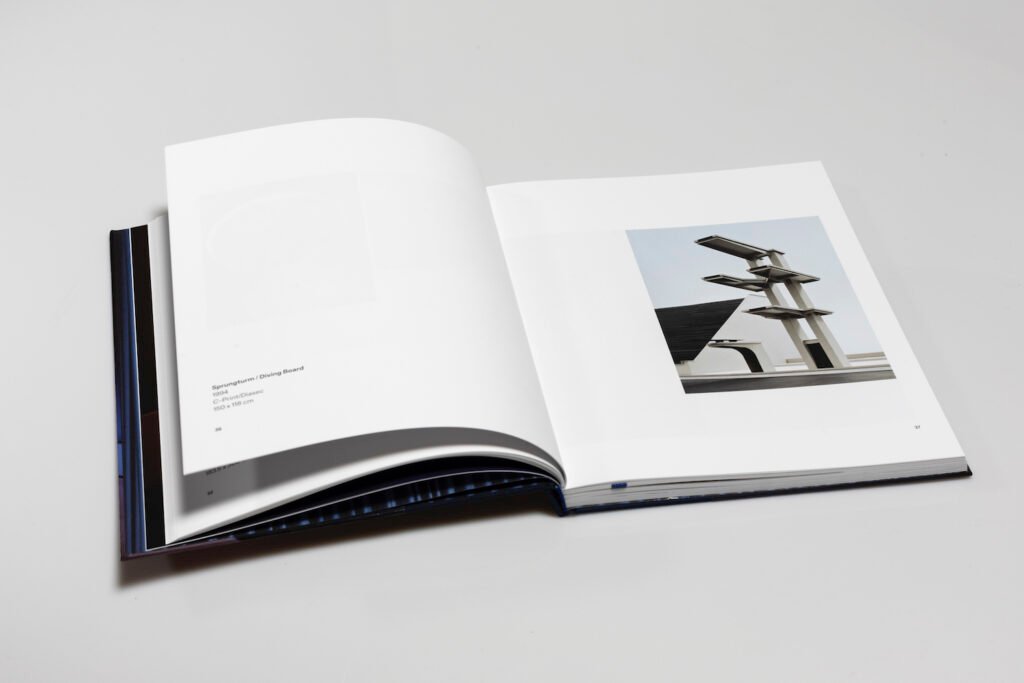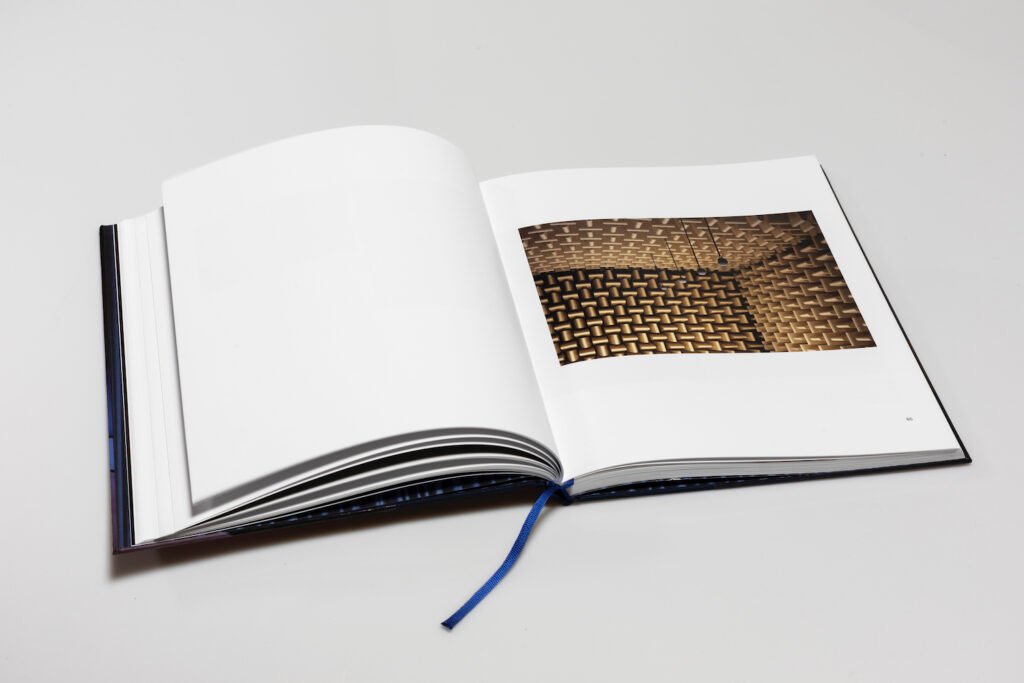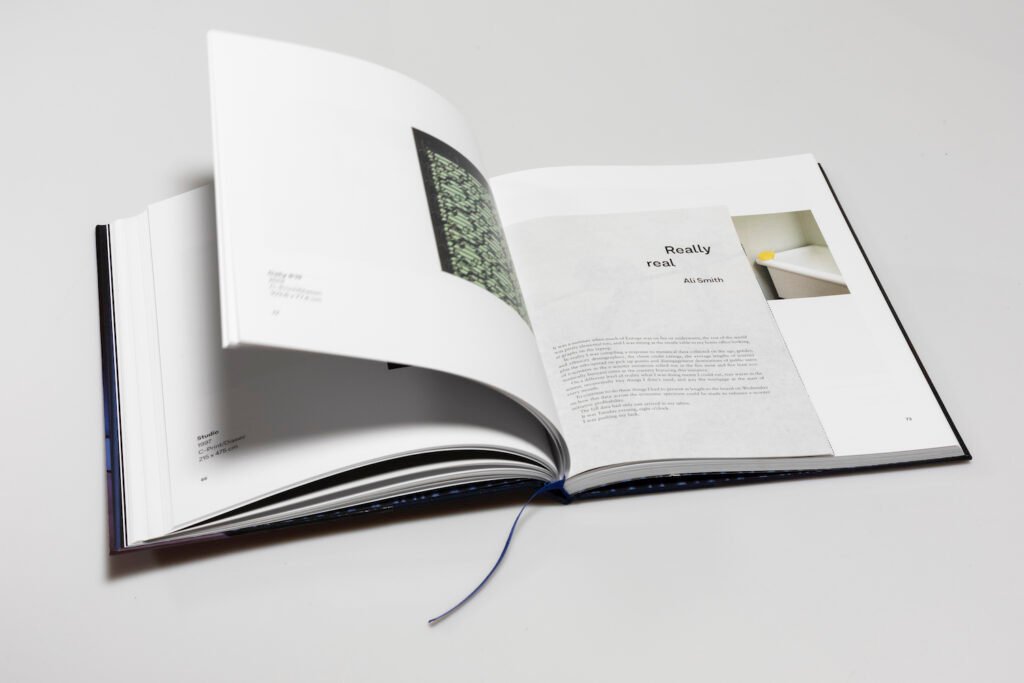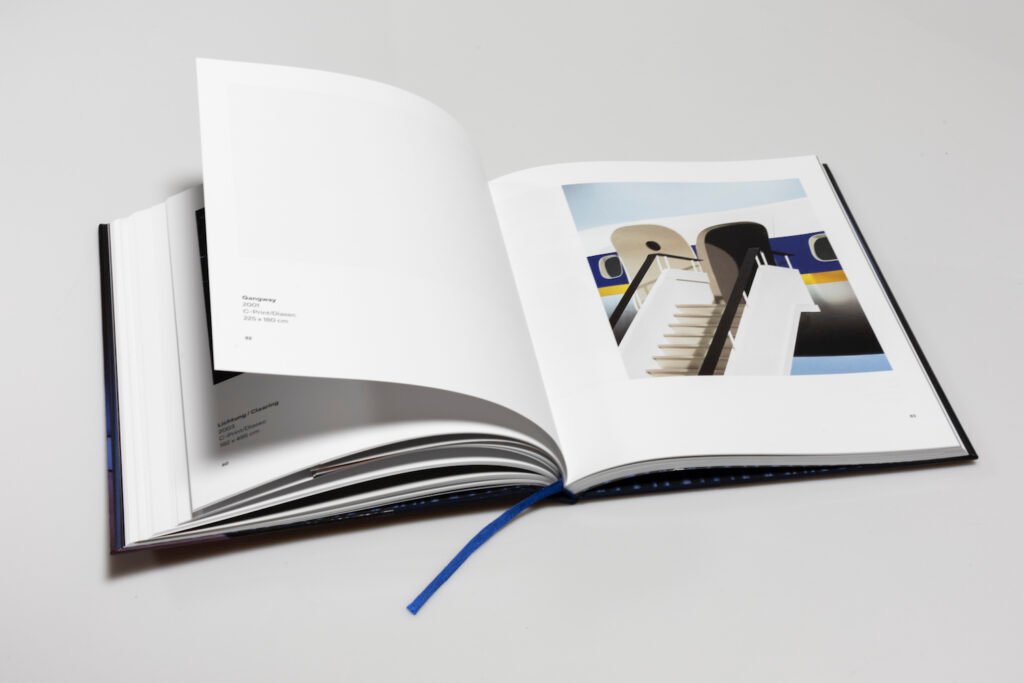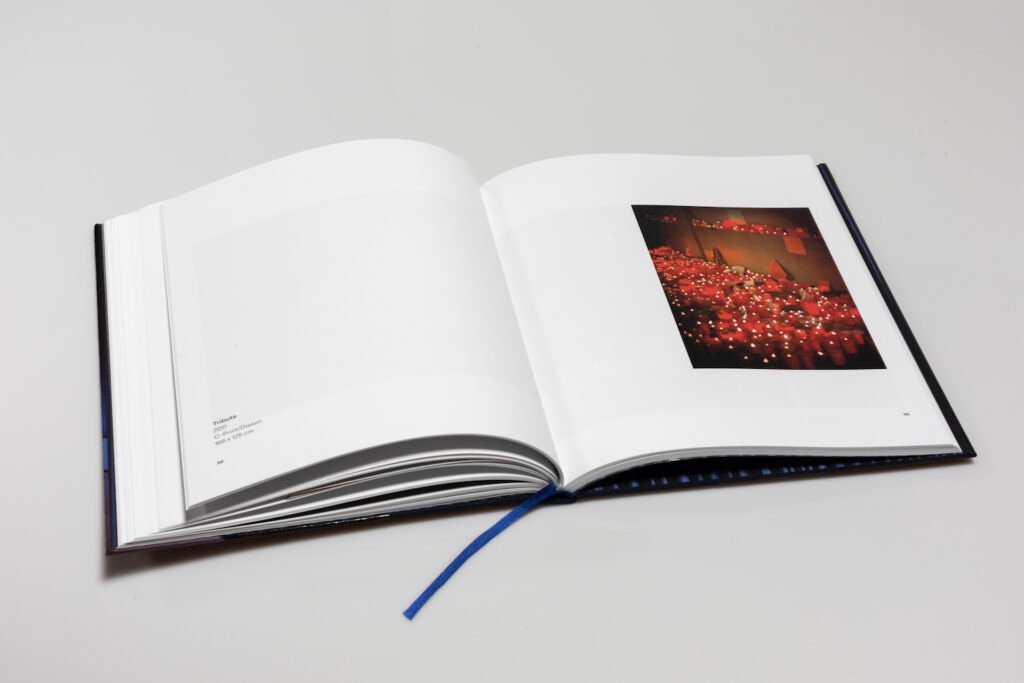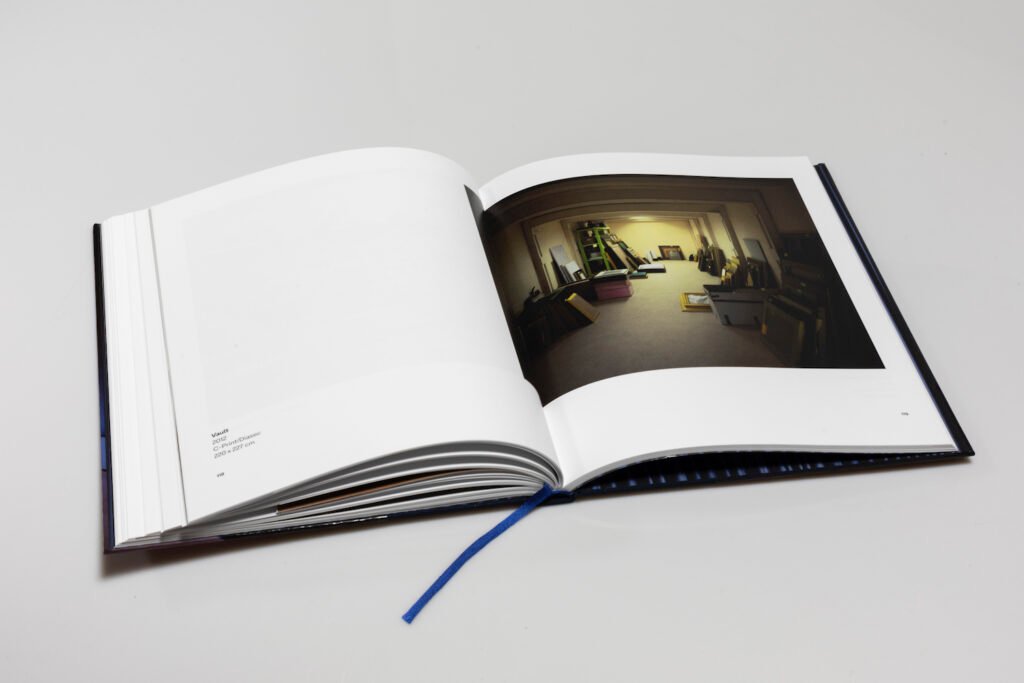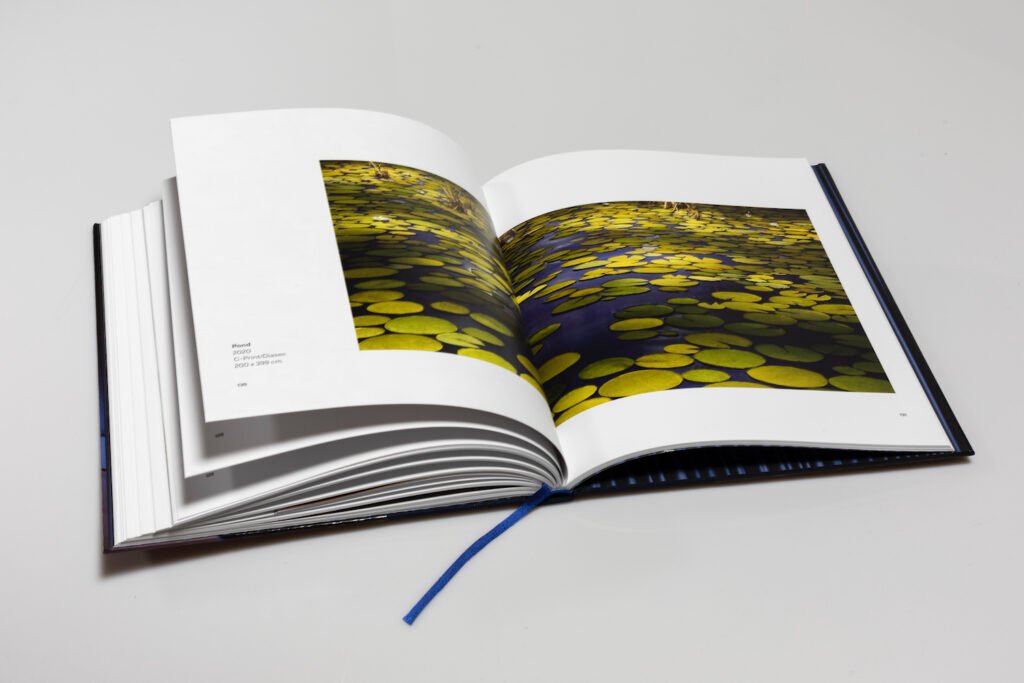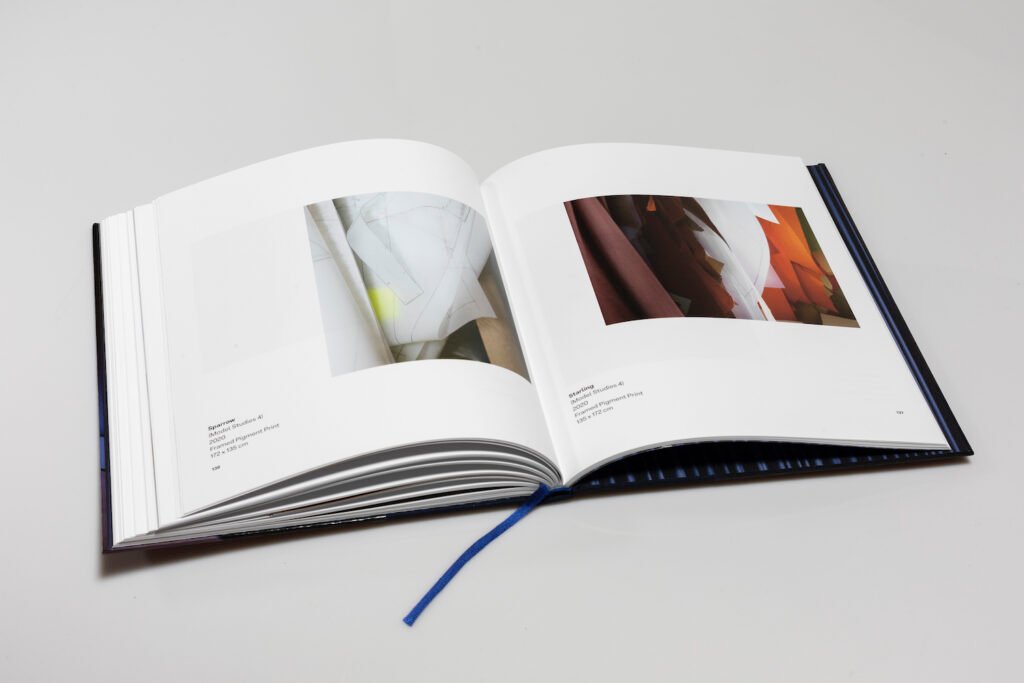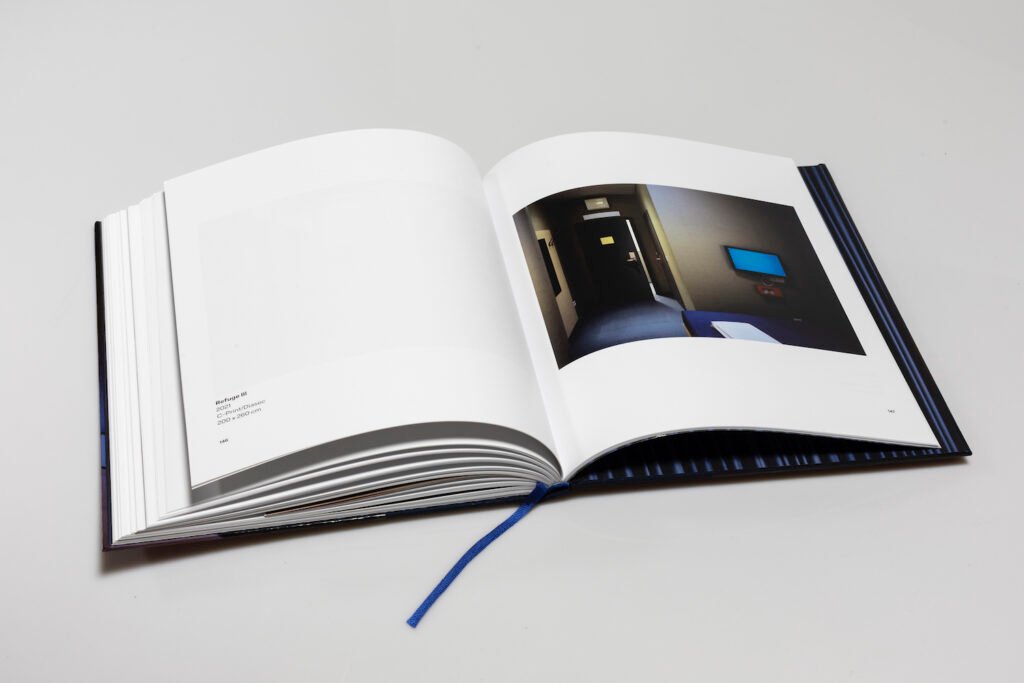Facing the photographic work of Thomas Demand we experience an ambivalence of feelings, the feeling of a proximity of the image to a real scene is challenged precisely by the ‘accuracy of the forms with which this real is realized. Formal spontaneity is restrained within an ‘appearance of the existential character of which it is difficult to give the idea in words.
Similar in every way to ordinary scenes, Thomas Demand’s images succeed in relating the bureaucratic and grotesque character into which the world and its appearance slowly slips. A bureaucratic arrangement that traverses history, economics, and politics and becomes architecture, structure, image, and habitation.
The photographic images are convincing, real and at the same time strangely artificial. The work of German photographer Thomas Demand is that of an equilibrist, whose images seem able to concretize an uncanny harmony between these two possibilities.
Born in 1964, Demand began his journey as a sculptor, beginning by taking photographs simply to record his ephemeral paper constructions. In 1993 he reversed this process, beginning to make constructions for the only purpose of photographing them and producing an image.
In his work Thomas Demand always starts from a pre-existing image. Images taken from the media, (usually a political event), are translated into a life-size model made of colored paper and cardboard. Realizing a parallel reality not dissimilar to that of the chosen representation, Demand’s handcrafted facsimiles report both an incredible technical skill and a gaze that has been able to measure itself against the image and the real, to the point of finding the signs to tell its metaphysical essence.
His handcrafted models of architectural spaces and natural environments are constructed in the image of other images. In this way, his photographs are able of creating a threefold distance from the scenes or subjects they intend to represent.
Models that once photographed are destroyed live on through the photographic cast of an image in front of which we can perceive there is no fragment of the visual field that has not been carefully weighed.
Bringing together a broad collection of photographic works embracing the entire span of his career, The Stutter of History is an accurate overview through the work of this author in which the photographic medium is pushed to unexplored frontiers. An originality of language and artistic behavior that has earned him recognition as one of the most innovative and significant artists of his generation. Offering us the opportunity to traverse the authorial journey of a lifetime, The Stutter of History offers itself as a lesson on the author, a path through which to approach and understand the breadth and depth of his work.
In addition to an illuminating essay by Douglas Fogle, curator of the exhibition, and an essay by Margaret Iversen, the book includes an unpublished short story written by author Ali Smith in response to a work by Demand.
Thomas Cyrill Demand (born 1964) is a German sculptor and photographer. He currently lives and works in Berlin and Los Angeles, and teaches at the University of Fine Arts, Hamburg. Demand had his first solo exhibition at Tanit Galerie in Munich in 1992. In 2004 the Kunsthaus Bregenz mounted the first comprehensive presentation of Demand’s major works from 1994 until 2004. Demand’s work later was the subject of mid-career retrospectives at the Museum of Modern Art, New York in 2005 and at the Neue Nationalgalerie in 2009. Other solo exhibitions include Serpentine Gallery (2006), London, the Irish Museum of Modern Art, Dublin, the Fondazione Prada, Venice (both 2007), and the Fondation Cartier pour l’Art Contemporain, Paris (2001).
